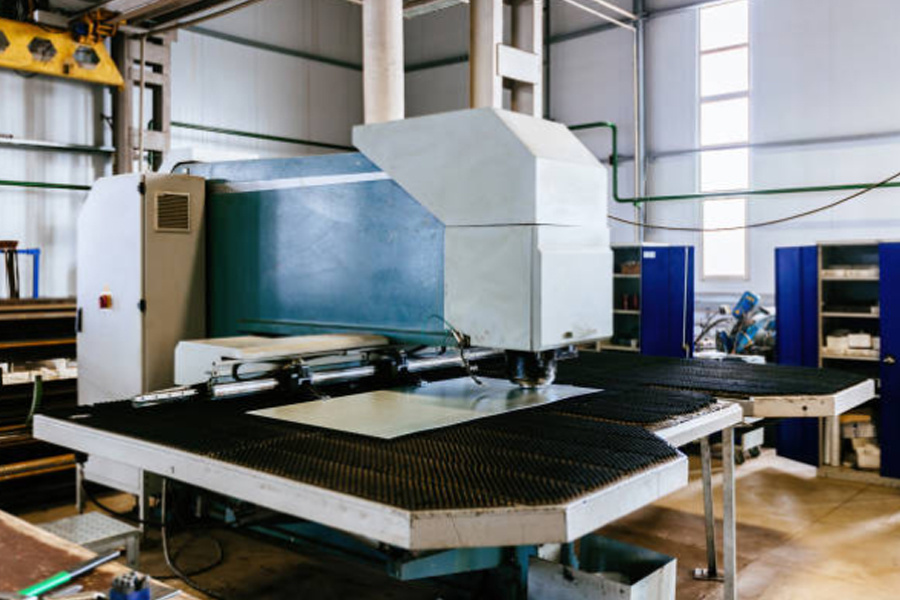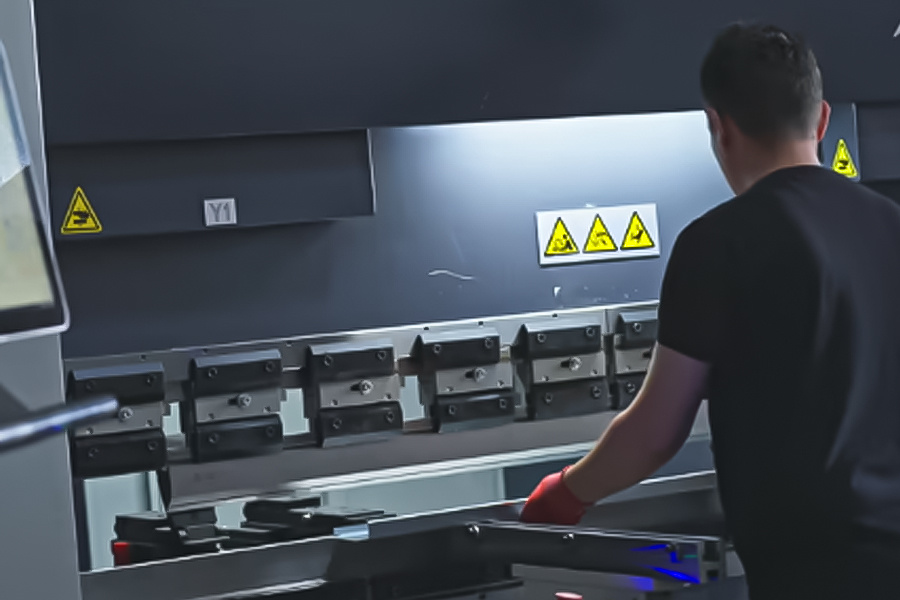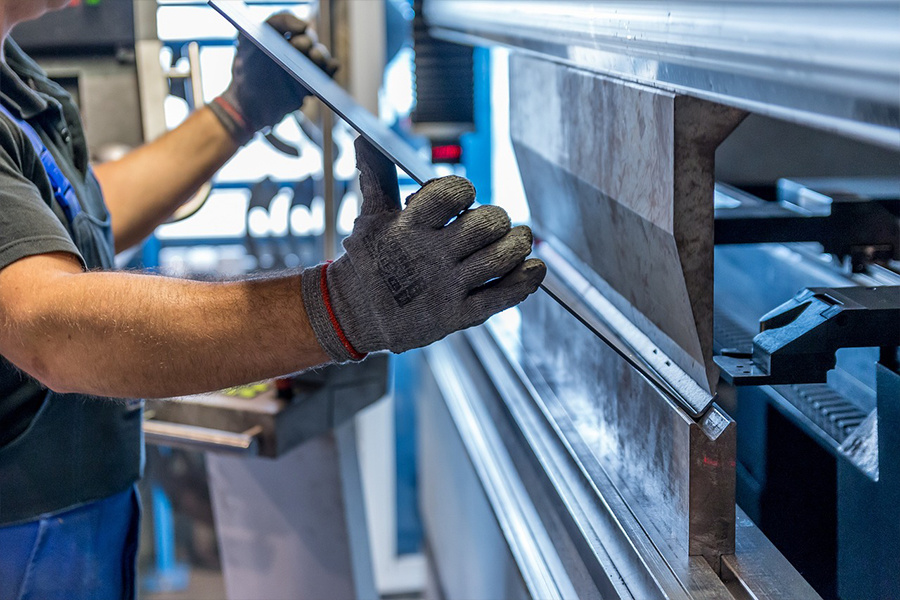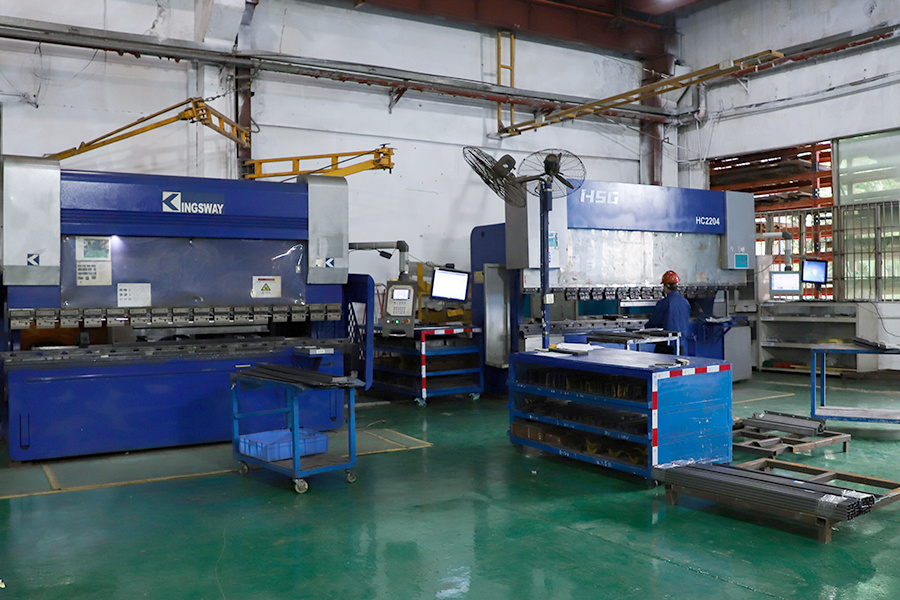Sheet Metal Fabrication Equipment: Core Functions & Uses
Release time:
2025-05-22
Sheet metal processing is an important metal processing technology widely used in the fields of machinery manufacturing, electronic equipment and aerospace engineering. It realizes the transformation from flat materials to three-dimensional components through cutting, bending, cutting, forming, welding, spraying and other equipment.
Sheet metal processing is based on the cutting, bending, forming, and connection of metal materials to transform from flat materials to three-dimensional components. It is widely used in mechanical manufacturing, electronic equipment, aerospace engineering and other fields. The equipment system of the sheet metal processing plant is based on the sheet metal processing plant as the main line of "material processing - forming processing - surface treatment - quality inspection", including cutting, bending, cutting, forming, welding, spraying and other equipment. This equipment not only undertakes the key process, but also forms a complete processing chain through process collaboration. It is the core element for testing the accuracy, efficiency and effect of sheet metal.
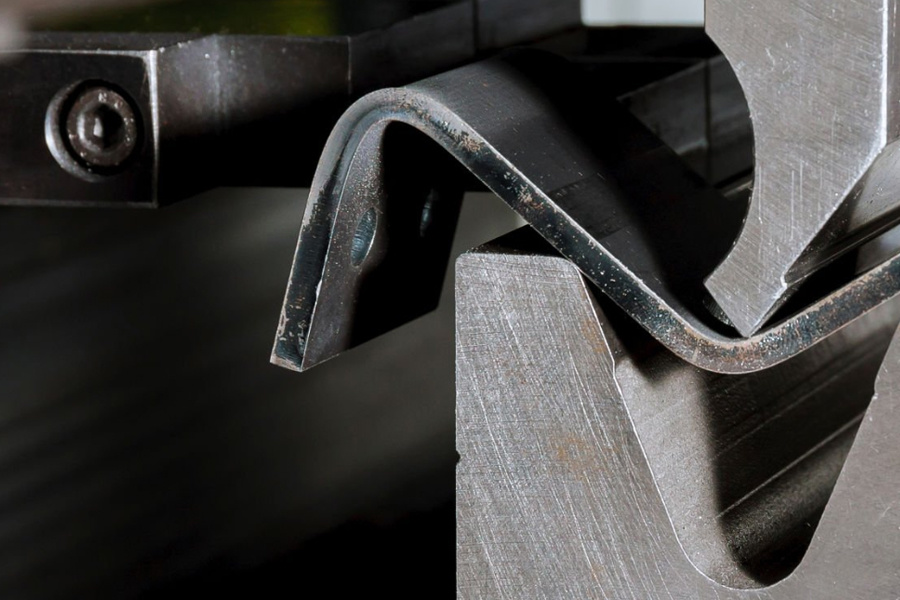
Classification and functional design of important equipment for sheet metal processing
1. Material pretreatment equipment: Lay the foundation for basic processing:
As the first process equipment for sheet metal processing, the CNC shearing machine cuts large plates into rough blanks that meet the processing standards based on the precise bite of the upper and lower blades. Its main feature is to automatically adjust the cutting size and viewing angle through the digital control system to avoid errors caused by manual marking. It is suitable for straight-line cutting of metal materials such as stainless steel, aluminum alloy, and carbon steel. The hydraulic or mechanical transmission system used by the equipment can provide different shear forces. Completing the cutting requirements of thin plates (≤1mm) to medium and thick plates (≥10mm) is the premise for ensuring the processing accuracy of the subsequent process materials.
In response to the bending, wavy and other problems that may occur in the raw materials, the leveling machine corrects the flatness of the plate based on the continuous flipping and stress release of multiple rollers. The working principle is to use the spacing optimization and speed difference between the upper and lower rollers to make the plate bend in the opposite direction after the roller system, slowly eliminate the internal stress, and achieve the flatness required by the on-site standard. The straightened plate can significantly improve the forming accuracy of the back bending, stamping and other processes, and reduce the processing deviation caused by uneven materials.
2. Forming processing equipment: granting the plate a three-dimensional shape
CNC bending machine as a CNC bending machine for sheet metal processing CNC bending machine increases the gradual pressure on the plate based on the cooperation between the lower die and the lower die, so that it changes its shape and forms a unique angle and appearance. The equipment is suitable for straight bending, arc bending, two-stage bending and other processes, and can process structures such as bevels, obtuse angles, and complex polygons. Driven by servo motors, the CAD model import function can accurately control the bending angle, depth and rebound compensation of the CNC bending machine. It is especially suitable for the strict processing accuracy of precision equipment housings and supporting components. It is an important equipment to promote the transformation of sheet metal from plane to three-dimensional.
The laser cutting machine uses the thermal effect of high-energy-density lasers. The laser cutting machine can quickly melt or vaporize the plate material and perform high-precision cutting. Its outstanding advantage is non-contact processing, which avoids the wear and stress deformation of traditional mechanical cutting tools, and can complete the fine processing of complex curves, micropores (diameter ≥ 0.1mm) and thin plates (≤ 0.5mm). In the processing of electronic equipment chassis, instrument housings, etc., the laser cutting machine can cut quickly and immediately according to the design drawing without mold replacement, which significantly improves the flexibility of multi-variety small batch production.
According to the cooperation of the mold and the punching machine, the punching machine can perform punching, blanking, stretching, and reverse forming operations on the plate. It is divided into mechanical punching machine and hydraulic punching machine. The former is suitable for rapid and continuous punching (stroke frequency) ≥100 times/minute), and the latter is suitable for large-tonnage (≥200 tons) deep drawing processing. In the production of automobile sheet metal and electrical product casing, the punching machine realizes multi-process integrated processing based on progressive die or compound die, and can complete multi-feature forming in one stroke. It is a key equipment to improve the quality of mass production.
3. Connection and surface treatment equipment: Improve the characteristics of parts:
Welding equipment includes argon arc welding machine, carbon dioxide shielded welding machine, laser welding machine, etc., which are used for permanent connection of sheet metal. Argon arc welding machine is suitable for high-quality welding of materials such as stainless steel and aluminum alloy, with beautiful welding shape and small heat-affected area; carbon dioxide shielded welding machine has low cost and high efficiency, and is suitable for batch welding of ordinary materials such as carbon steel; laser welding machine performs high-precision focusing level of thin plate (≤2mm) precision connection, which is widely used in medical equipment and aerospace sheet metal welding methods.
Painting equipment is divided into powder spraying and liquid spraying. The paint is evenly adhered to the sheet metal surface by the spray gun, which has the functions of anti-corrosion, beauty and insulation. Powder spraying adopts the principle of electrostatic adsorption, the coating thickness is controllable (50-100μm) and the adhesion is strong, and it is often used in outdoor equipment casings; liquid spraying is suitable for delicate spraying of complex curved surfaces, and the coating strength and glossiness are improved according to the coating process. The energy-saving design of spraying equipment (such as exhaust gas treatment system) is also a key equipment in modern sheet metal processing plants.
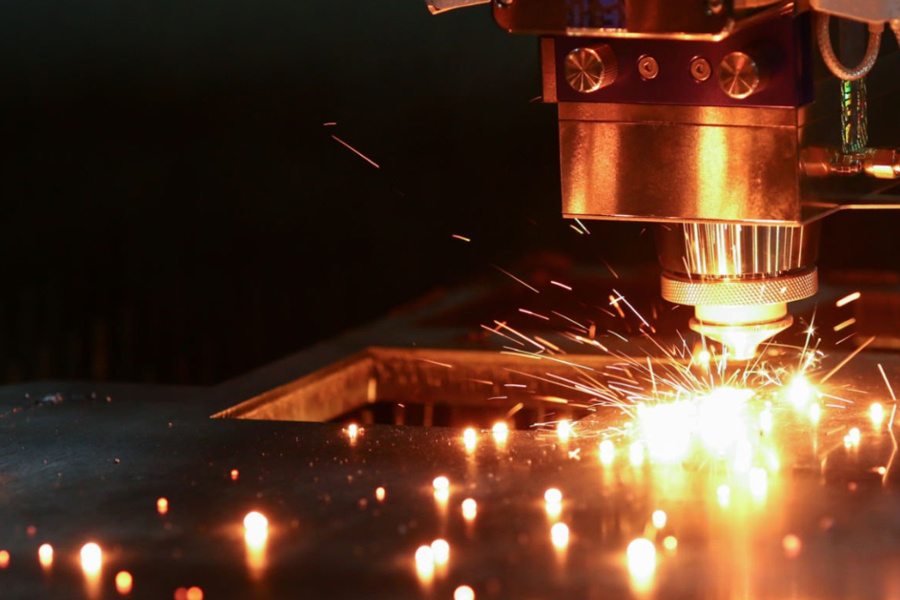
Quality inspection equipment: ensure specification accuracy
As a key equipment for high-precision inspection, the three-dimensional data of sheet metal specifications and standard tolerances (such as flatness, verticality, and roundness) are collected based on probe contact or laser scanning. The inspection accuracy can reach micron level (≤0.01mm), which can quickly identify problems such as bending angle deviation and cutting size error, provide data support for processing technology optimization, and is an important part of the quality management of precision sheet metal parts.
For the quality of sheet metal surface, the roughness detector measures the micro-fluctuation (such as Ra value) of the processed surface based on the stylus or optical principle. When parts with high requirements for fit or appearance need to be installed (such as electronic equipment panels and medical device housings), the equipment ensures that the appearance roughness meets the design standards to prevent surface defects from causing poor installation or visual defects.
Equipment cooperation processing technology: building an efficient production system
The common process of sheet metal processing should follow the common process of sheet metal processing "material pretreatment → forming processing → connection processing → surface treatment → quality inspection" idea:
1. CNC shearing machines and leveling machines cut and correct the sheets to give the blanks neatness;
2. Laser cutting machines/press machines perform contour processing, and CNC bending machines perform three-dimensional forming;
3. Welding equipment assembles into multiple components to form a complete component;
4. Painting equipment grants surface protection and decorative properties;
Three-coordinate measuring machines and roughness testers monitor the entire process to ensure that the accuracy of each process meets the standards. The software collaboration between these equipment enables sheet metal processing plants to effectively meet the processing requirements from simple parts to complex parts, with precision and quality.
Equipment system is the core competitive advantage of sheet metal processing
The equipment configuration of sheet metal processing plants is directly related to the production volume limit and product quality level. From the precision control of material pretreatment to the structural structure of forming processing, and then to the optimization of surface treatment performance, each equipment plays an irreplaceable role in special processes. Companies can improve the degree of automation and quality inspection level according to the reasonable layout of equipment categories, and create an effective processing system covering the entire process to meet the diverse needs of sheet metal in different industries.
In the context of intelligent upgrading of manufacturing industry, sheet metal processing equipment is developing in the direction of intelligent upgrading of manufacturing industry "high precision, automation, and ecology" In terms of development, the deep integration of CNC lathes, industrial manipulators and intelligent detection technologies will continue to promote the field from past processing to data manufacturing industry. For sheet metal processing enterprises, the scientific layout of equipment planning and following technology trends are the main factors of competitive advantage.
Key Words




